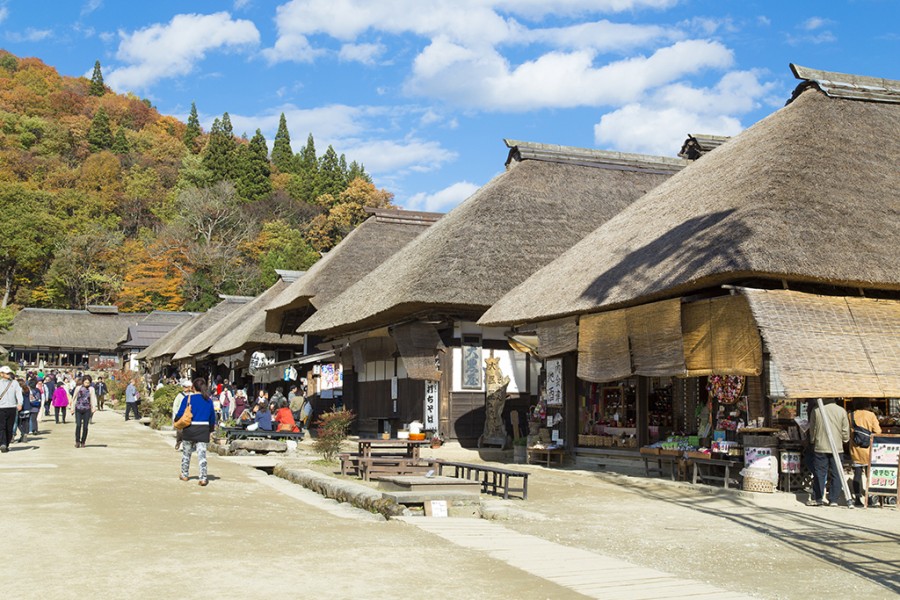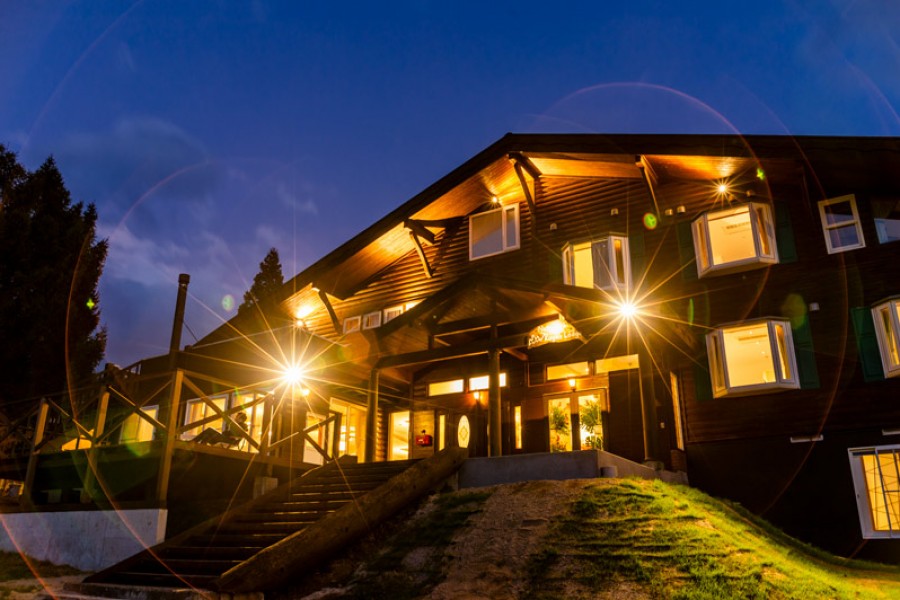Diamond Route (4 Days, 3 Nights)
Have you ever wanted to take a cross-prefecture tour of Japan, from Tokyo to the impeccable countryside of Fukushima? Well, now is your chance to travel from the international hub of Tokyo and see what else Japan and—especially—Fukushima have to offer. Enjoy this cross-country tour of Japan over the span of a few days, so that you can enjoy things at your pace. Start your trip from Tokyo Station and ride a short distance to Asakusa. See one of the busiest shrine-and-temple locations in Tokyo. You’ll love the bustling atmosphere and the street stalls with their many trinkets and souvenirs. Once you’ve finished in Asakusa, head out of the city and make your way for Tochigi Prefecture’s Nikko. Nikko is perhaps most famous for the three monkey statues that people equate with “hear no evil, see no evil, speak no evil”. You’ll see these wonderful statues and more while you stop over in Nikko. From there, travel north to Higashiyama Onsen and enjoy the sights form the train along the way. Higashiyama Onsen is Fukushima’s home to some truly great hot springs and Japanese-style inns. Soak up the hot waters and relax your tired muscles. At Tsuruga-jo Castle, you can walk the pristine gardens and enjoy the castle grounds. Be sure to make note of the red-roof tiles of the castle as well, this is the only castle in Japan that boasts having these deep-red tiles. Inside the castle keep, discover the history of the Aizu samurai through the many exhibits and displayed artifacts. Make your way to Nanokamachi-dori Street and admire the local architecture, which is quite different than that from the rest of the area. Search out local hidden gems along the narrow streets and find the perfect souvenir to take home. Enjoy your time in Tokyo, Tochigi, and Fukushima like never before with this route.






